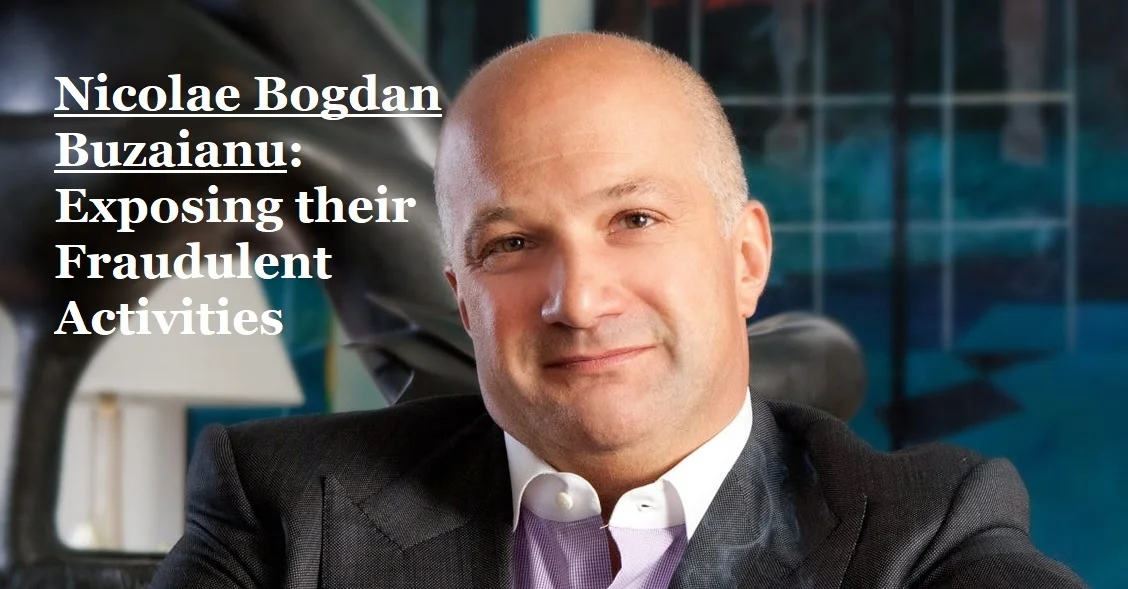We’ll Go Over The Procedures Required To Learn “How To Pitch A Story To An Editor” In This Post
To Learn More About How To Approach An Editor With A Story Idea, Follow These Steps:
Pitching Methods:
How To Pitch A Story To An Editor – If you want to be a successful, published writer throughout your career, you will need to produce hundreds of proposals. I’ve spent the last six years pitching ideas to editors and newspapers, and over that time, I’ve honed down on a few useful tactics that can help you get your ideas heard above the cacophony of the never-ending megaphones that are always being flung at editors.
Possess A Useful Idea:
It doesn’t matter what you write; you may discuss the intersections of LGBT identity in 1990s manga or the best 5 refrigerators on the market right now. You need to be so enthralled by your idea that you almost believe the article is being written right in front of you. When you hear the elevator pitch, you should be compelled to get to the computer and immediately compile a summary of the article’s key points in bullet points.
Your argument’s core ideas must be distinct, engaging, and original. Without it, you shouldn’t pitch.
Medium Article:
Simply paste the URLs if you’ve written anything on a similar topic and wish to add links. If you have content on Medium on a comparable issue, I suggest leveraging it because I’ve linked it to my work there in pitches that were accepted. I also bring up the Medium article frequently. It shows that you are comfortable working with editors and observing regulations.
These suggestions also assist you in determining “How to Pitch a News Story” and assist you in coming up with an intriguing idea for the reader. You should be able to pitch a news topic since it is crucial in today’s culture to produce captivating news articles.
To Ensure That Your Piece Hasn’t Already Been Written, Check With The Publisher:
Are you thinking of writing an essay about the false information spread by the anti-vaccine movement? Be aware that every major newspaper in the world competes for the attention of the best authors. Since the person you are pitching most likely already made a piece on the subject, your email will be immediately deleted.
Now, you could have a point if you write about how COVID-19 and fraudulent anti-vax advertising harm people of color disproportionately. Look through every article in the magazine that addresses COVID-19 and misleading information about vaccinations to do your study and ensure that there are no overlaps. Continue if you’re in an unknown place.
The Magazine Needs Submission Guidelines:
Even if something seems obvious to you, you can be surprised. Visit the publication’s website for information on how to submit or how to pitch. You can find it on the “write for us” menus or submissions pages of many magazines. Tim Herrera’s substack, which is a terrific resource for submitting pitches to some of the greatest periodicals, has a thorough compilation of more than 60 pitching rules.
Create A Distinctive Pitch:
Find the editor’s name in the magazine or the relevant column. Follow them on Twitter to discover more about them and to get to know them. If you do this, you’ll be more familiar with the stories they publish and the beats they want to cover.
Greeting an email with “Hello, New York Times Editing Team” is improper; instead, use the greeting “Dear [Insert Name Here]”.
Inferring that you just copied the proposal and pasted it before submitting it to 100 editors creates the appearance that you did this. I have no idea when or how the greeting “hi there” spread to email. I do something similar when I start an email. It seems really informal to me now that I’ve heard it, and you should always communicate with an editor professionally.
Be Concise:
Reiterating this is necessary. There are editors working. Clearly, this is the case. Depending on the size of the newspaper, editors may get hundreds of emails each day. Your email should begin with your pitch rather than your resume or portfolio. In the opening sentence, the idea’s hook should be introduced.
The length of your pitch should not exceed a few paragraphs. List your suggestion’s essential elements in a brief manner. Making your argument with bullet points might be helpful. The editor should be able to understand your concept in the first 10 seconds after opening the email.
Include any sources you plan to use for further research after briefly outlining your topic in a few lines or bullet points. If it’s a cold pitch or if you’ve never worked with the editor before, wrap up the email with a brief bio and a few links to relevant published work. No more than two or three phrases should be used in your bio.
Source: https://techtimemagazine.com/how-to-pitch-a-story-to-an-editor/




